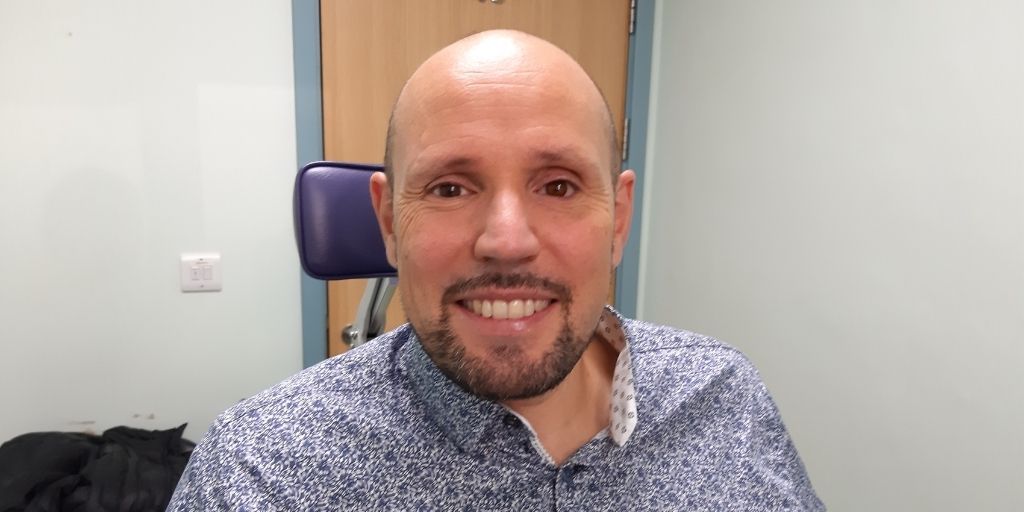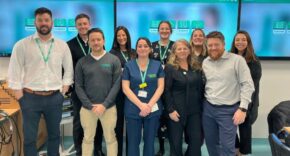
A Moorfields Eye Hospital NHS Foundation Trust patient will be the first person in the world to be supplied solely with a fully digital 3D printed prosthetic eye on 25 November 2021. He first tried his eye on 11 November alongside a traditional acrylic prosthetic. By going home on 25 November with just his printed eye, this will be the first time any patient has ever used a 3D printed eye as their sole prosthetic.
This new 3D printing process avoids the invasive moulding of the eye socket. This is often so difficult with children that they need a general anaesthetic.
The printed eye is a true biomimic and more realistic, with clearer definition and real depth to the pupil. The way light travels through the full depth of the printed eye is much more natural than current prosthetics, which have the iris hand-painted onto a black disc embedded in the eye, preventing light from passing the full depth of the eye.
Every eye socket is unique. The current hand-painted process involves several steps in the manufacturing process and takes around six weeks to complete.
With a printed prosthesis, the manufacturing time is cut in half. The patient has their eye scanned, and the software maps out a 3D model of their eye socket for the printer. It also scans their good eye, to ensure a precise match. The files are transferred to the 3D printer in Germany, where it is printed within 2½ hours, and the eye is then sent to our ocularist to finish, polish and fit. The whole process takes just two to three weeks.
This collaborative project involves software work with Ocupeye and Fraunhofer, then the eyes are printed through Fit AG in Germany. A clinical trial will be starting at Moorfields.
Steve Verze, an engineer in his 40s from Hackney, is the first to take a fully digital artificial eye home with him. “I’ve needed a prosthetic since I was 20, and I’ve always felt self-conscious about it. When I leave my home I often take a second glance in the mirror, and I’ve not liked what I’ve seen. This new eye looks fantastic and, being based on 3D digital printing technology, it’s only going to be better and better”, said Steve.
Professor Mandeep Sagoo, consultant ophthalmologist at Moorfields and professor of ophthalmology at the NIHR Biomedical Research Centre at Moorfields Eye Hospital UCL and Institute of Ophthalmology, added: “We are excited about the potential for this fully digital prosthetic eye. We hope the forthcoming clinical trial will provide us with robust evidence about the value of this new technology, showing what a difference it makes for patients. It clearly has the potential to reduce waiting lists.”











